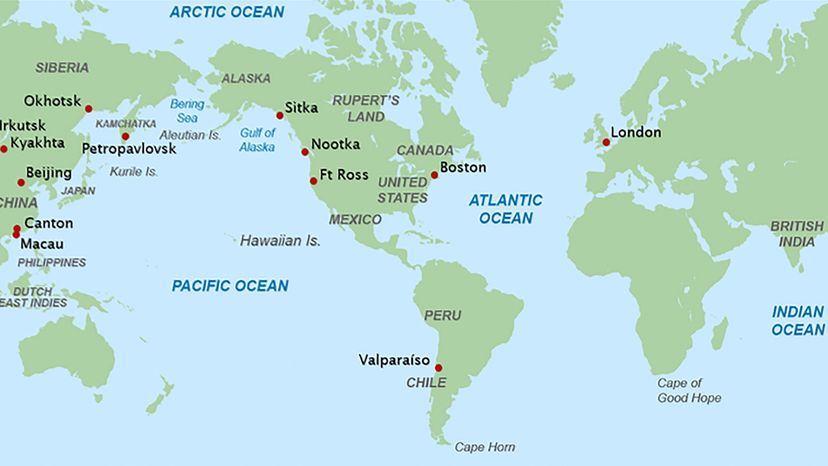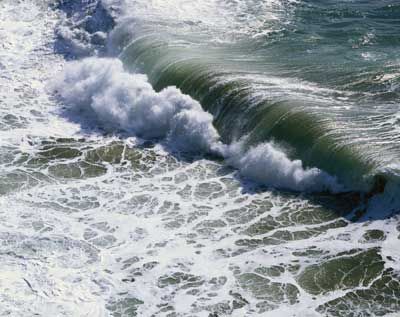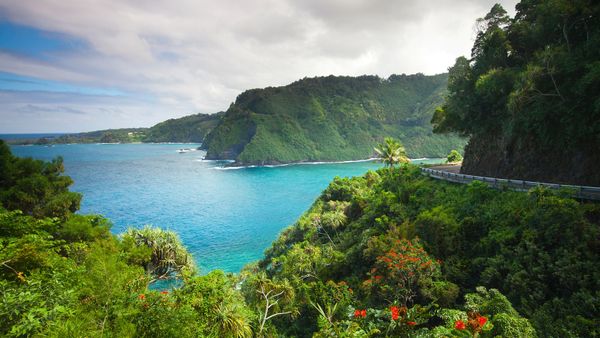"We have to think about two things when we're considering this question: what's happening at the surface where people are seeing these lines of different color or turbidity, and what's happening under the surface?" says Sally Warner, a professor and physical oceanographer at Brandeis University.
Although these videos probably aren't doctored, it's unclear where they were filmed. Of course it's possible they were taken in the Drake Passage, but they could also be showing something happening in a completely different part of the world.
Ocean fronts are masses of surface water that have different temperatures or salinity. Fronts out in the open ocean can be extremely sharp, and they can sometimes come together in a way that looks like two flavors of ice cream sitting next to each other in the carton.
For us landlubbers, the easiest place to see this is where two rivers flow together, or better yet, where a river flows into the ocean. River water is often very silty by the time it makes it to the ocean, giving it a chocolate milk look, which contrasts sharply with the dark water of the ocean it feeds into. Not only that, river water is fresh and ocean water is salty, giving them different densities. If you're crossing over a bridge or out in a boat, it might seem as if the river water remains separate from the ambient water of the ocean. They are definitely going to mix eventually — it might just take a day or two to blend completely.
There are places all over the world where fronts of waters come together creating visible lines in the surface water. As with the fresh waters from a river meeting and visibly tangling with the salty ocean waters, fronts of different temperatures can create clear delineations in the open ocean. For instance, at the equator, you find tropical instability waves, where colder waters from the north and south meet the bathwater of the equator and create visible delineations in the water.


